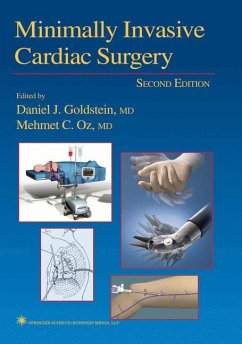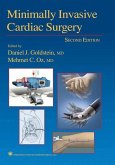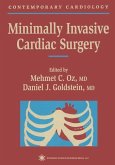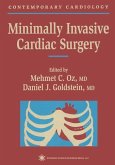In 1962, Thomas Kuhne coined the term "paradigm shift" while arguing that human knowledge advances by quantum leaps with interspersed smaller steps. Preparation for the major advance is generally not a concerted effort by thought leaders. Rather, a few (or one) visionaries gain insights into a process and are able to definitely demonstrate the accuracy of their worldview. Often, the epiphany does not occur during the intellectual lifetime of the discoverers. Medicine has had numerous such "paradigm shifts" including the compelling reworking of Galen's concepts of the body. Of note, the scientific world of the time explained the new views by arguing that the human body must have changed between the time of ancient Greece and modern Europe. The inauguration of cardiac surgery itself required profound shifts in medicine's view of physiology. Yet, over the ensuing 40 years, the field was fine tuned so we could provide greater than 95% success rates in elective surgery with low cost and short h- pital stays. In some parts of the world, the procedures were viewed as commodities and prices dropped as providers were unable to differentiate the quality of their work. As patients and their physicians became more demanding, the desire to make the procedures "minimally invasive" grew. In effect, what we were really searching for was a life saving procedure that also preserved quality of life. In short, "minimally invasive" has really been a code phrase for procedures that disrupt our quality of life the least.
"This second edition begins with an overview of the pathophysiology of cardiopulmonary bypass and the endothelial injury that occurs during minimally invasive coronary artery bypass surgery. The remainder covers all aspects of minimally invasive bypass grafting, valvular, congenital, pericardial, arrhythmia, and robotic surgery. Every conceivable aspect of minimally invasive surgery, including quality of life and its economic impact, is included. The book pays particular attention to the available different technologies by devoting individual chapters to different companies and their advancements. This previous edition was published in 1999. . .All areas of clinically relevant minimally invasive techniques in cardiac surgery are thoroughly covered. New technologies that may still be considered experimental by some are sensibly and honestly reviewed here. The photographs of emerging technologies are extremely helpful to the reader, but many would be clearer and significantly improved by presenting them in color. . .This is a very important addition to the literature because it presents an update of a rapidly changing field. New technologies are covered extensively. This book stimulates the always-learning surgeon to become interested and involved in the cutting edge of cardiac surgery.ery."-Doody's Health Sciences Book Review Journal Reviews of the First Edition: "The strength of this book is the excellent quality of the contributors. It is also unique in that it not only covers present minimally invasive techniques, but provides the physiologic justification for their development, with excellent chapters on the pathophysiology of cardiopulmonary bypass and endothelial injury. There is also an excellent chapter comparing minimally invasive coronary artery bypass grafting with percutaneous interventions. . . There are also chapters looking into the future, particularly into alternative approaches to vascular anastomoses and device-supported myocardial revascularization. . .This is a superb contribution to the literature and is perhaps the most concise and comprehensive review of the field of MICS to date. It is must reading for surgeons interested in this field. "-4 Stars, Doody's Health Sciences Book Review Journal "Mehmet Oz and Daniel Goldstein have succeeded in providing a timely review of an important new arena in cardiac surgery. . .The book is divided into 3 major sections. The 1st contains an excellent review of the pathophysiologic reactions to cardiac bypass, ischemia and reperfusion, and endothelial cell injury. . .In the 2nd section, the authors present a broad overview of subjects pertaining to less invasive approaches to coronary bypass grafting. . .The final section of the book explores the application of less-invasive approaches to valvular and congenital heart operations by means of limited sternal or thoracic incisions. . .Each contribution is authoritative, well-illustrated, and supported by clinically relevant patient information. . .We are indebted to Drs. Oz and Goldstein for providing this timely resource."-Texas Heart Institute Journal








